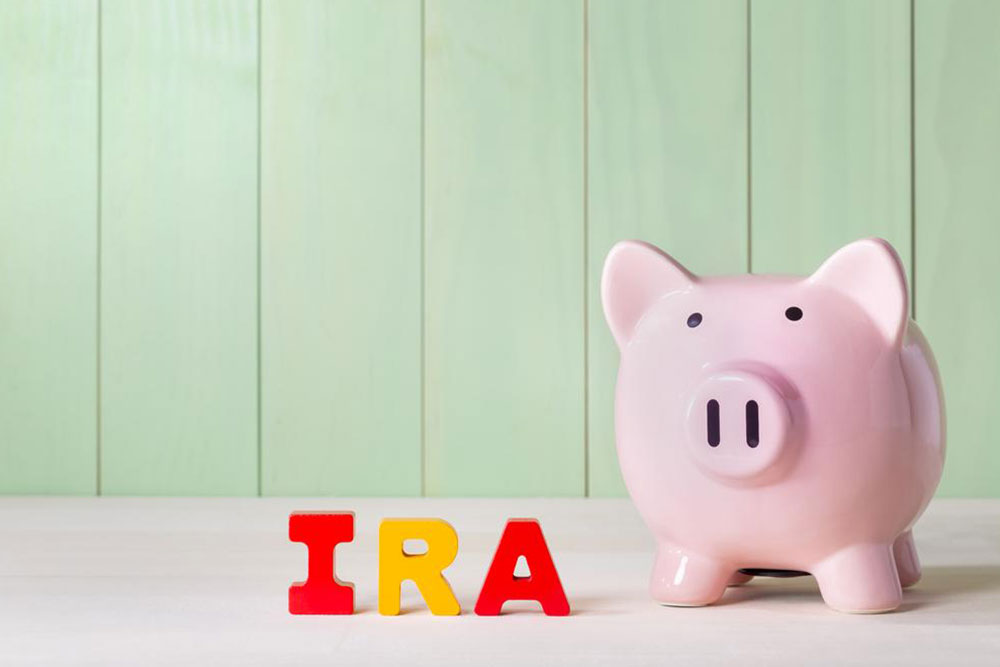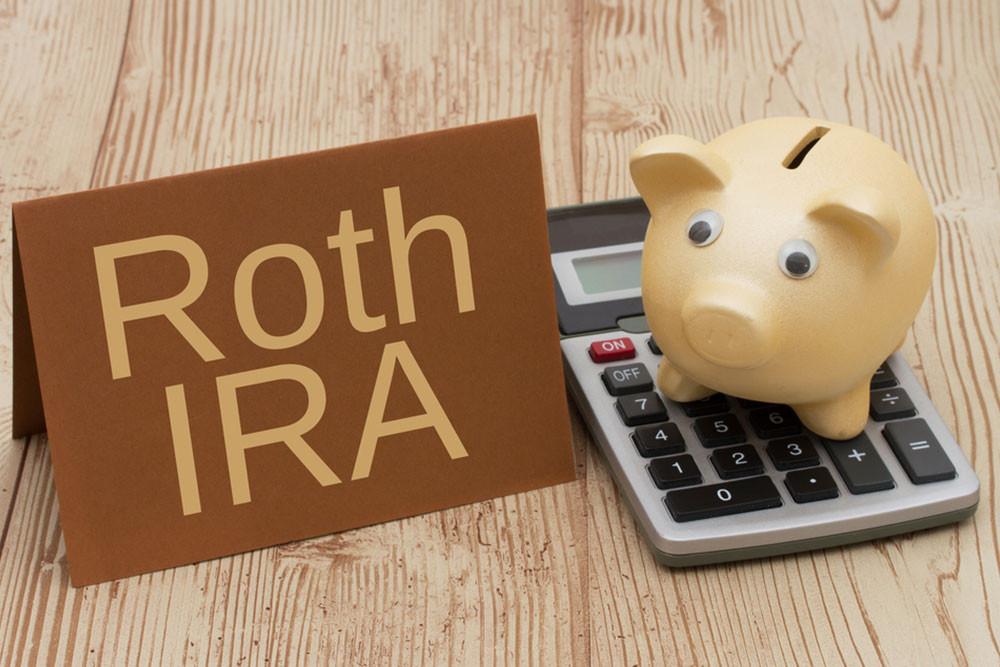Comprehensive Guide to Individual Retirement Accounts (IRAs): Planning Your Retirement Future
Learn everything about IRAs, including types, benefits, contribution limits, eligibility, and strategies to optimize your retirement savings. Discover how Roth and Traditional IRAs can help you build a secure financial future with tax advantages and flexible options tailored to your needs.

Essential Insights into Individual Retirement Accounts (IRAs)
Preparing for a secure and comfortable retirement is a priority for many individuals, and one of the most effective tools available for achieving this goal is the Individual Retirement Account (IRA). As a versatile and tax-advantaged savings plan, IRAs have become a cornerstone of retirement planning for millions across the globe. This comprehensive guide explores everything you need to know about IRAs, including their types, benefits, contribution limits, eligibility requirements, and strategic considerations to maximize your retirement savings.
What Is an IRA?
An Individual Retirement Account (IRA) is a specialized investment account designed specifically to help individuals accumulate funds for retirement. Unlike regular savings accounts, IRAs provide unique tax advantages that can significantly bolster your savings over time. They offer different options tailored to various financial situations and retirement goals, enabling flexibility and strategic planning.
The primary purpose of an IRA is to encourage long-term retirement saving by offering tax incentives, either through deferred taxation or tax-free growth, depending on the type of IRA chosen. IRAs are accessible to most individuals who meet certain income and age criteria, making them an essential component of a diversified retirement strategy.
Types of IRAs: Roth IRA and Traditional IRA
When considering an IRA, the two main types are the Roth IRA and the Traditional IRA, each with its distinct features, tax benefits, and eligibility criteria.
Roth IRA
The Roth IRA is funded with post-tax dollars, meaning you've already paid taxes on the money you contribute. The significant advantage of a Roth IRA is that qualified withdrawals during retirement are entirely tax-free. This makes Roth IRAs particularly attractive for individuals who anticipate being in a higher tax bracket in retirement or those seeking tax-free income streams in their later years.
Contributions to a Roth IRA can be withdrawn at any time without penalties or taxes, which adds a layer of flexibility. However, there are income limits for contributions; if your Modified Adjusted Gross Income (MAGI) exceeds certain thresholds, you may be ineligible to contribute directly to a Roth IRA. Additionally, contributions are subject to annual limits set by the IRS.
Traditional IRA
The Traditional IRA is funded with pre-tax dollars, meaning your contributions may be tax-deductible based on your income and whether you or your spouse are covered by an employer-sponsored retirement plan. The primary benefit of a Traditional IRA is the ability to grow your investments tax-deferred. Taxes are only paid upon withdrawal, typically in retirement, at which point your income may be lower, reducing your overall tax burden.
Unlike Roth IRAs, contributions to a Traditional IRA are not restricted by income levels, making it accessible to higher-income earners. However, early withdrawals before age 59.5 typically incur a 10% penalty plus income tax unless certain exceptions apply, such as disability, qualified education expenses, or substantial medical costs.
How Much Can You Contribute?
Contributing to an IRA involves adhering to annual contribution limits established by the IRS. For 2023, the contribution limit is $6,500 per year for individuals under age 50. If you are 50 or older, you can make an additional catch-up contribution of $1,000, bringing the total to $7,500. These limits are periodically adjusted to account for inflation and changes in the cost of living.
It's important to note that contributions to IRA accounts can be made across various types of retirement plans, but total contributions to all IRA accounts combined must not exceed the annual limit.
Eligibility and Income Requirements
Eligibility to contribute to an IRA depends on factors such as age, income, and participation in employer-sponsored retirement plans. For Roth IRAs, income limits apply; in 2023, single filers with MAGI less than $138,000 can contribute fully, with phased reductions up to $153,000. For married couples filing jointly, the income limit is $218,000 with phased reductions up to $228,000. If your income exceeds these thresholds, your ability to contribute directly to a Roth IRA may be limited or phased out.
Traditional IRAs do not have income restrictions for contributions, but the deductibility of contributions may be limited based on income and other retirement plan participation.
Maximizing Your IRA Contributions and Strategies
Combining IRA contributions with other retirement plans, such as employer-sponsored 401(k)s, can optimize your savings and tax advantages. For example, you can contribute to both a 401(k) and an IRA, provided you stay within annual contribution limits. This strategy helps diversify your retirement income sources and tax treatments.
It's also essential to understand the benefits of early contributions, compound interest, and tax-advantaged growth over time. Regularly reviewing your contribution levels and investment choices can significantly impact your total savings by retirement.
Withdrawals and Penalties
Withdrawing funds from an IRA before reaching age 59.5 generally incurs a 10% penalty plus applicable income taxes. Exceptions to early withdrawal penalties include cases of disability, medical expenses exceeding a certain threshold, qualified higher education expenses, first-time homebuyer costs (up to $10,000), and certain preventions of IRS levies or disasters.
Upon reaching age 59.5, you can withdraw funds without penalty, though taxes on Traditional IRA withdrawals depend on your initial contributions and your current tax bracket. Roth IRAs, with their after-tax contributions, allow qualified withdrawals tax-free, provided the account has been open for at least five years.
IRAs do not offer loan options like some employer plans; thus, planning for liquidity needs should account for potential penalties on early withdrawals.
Rollover Options and Transferring Funds
If you change jobs or retire, you may consider rolling over existing retirement funds into a new IRA to consolidate your savings and maintain tax advantages. Rollovers can be done directly, avoiding taxes, but it's crucial to follow IRS guidelines to prevent unintended taxable events.
In particular, if you're still employed, check with your employer about rollover options for your 401(k) or other employer-sponsored plans. Additionally, transferring funds from a Roth IRA to another Roth account or from a Traditional IRA to another traditional account requires adherence to specific rules to prevent penalties and taxes.
Conclusion: Why IRAs Are a Vital Part of Retirement Planning
In conclusion, IRAs serve as a fundamental component of a comprehensive retirement strategy, offering flexibility, tax benefits, and the potential for long-term growth. Whether you opt for a Roth IRA or a Traditional IRA, understanding their features, contribution limits, eligibility criteria, and withdrawal rules can empower you to make informed decisions. Starting early, maximizing contributions, and wisely managing your accounts can help you achieve financial security and a comfortable retirement. Consulting with a financial advisor can further tailor your IRA strategy to your unique financial situation, ensuring you make the most of this valuable retirement savings vehicle.





